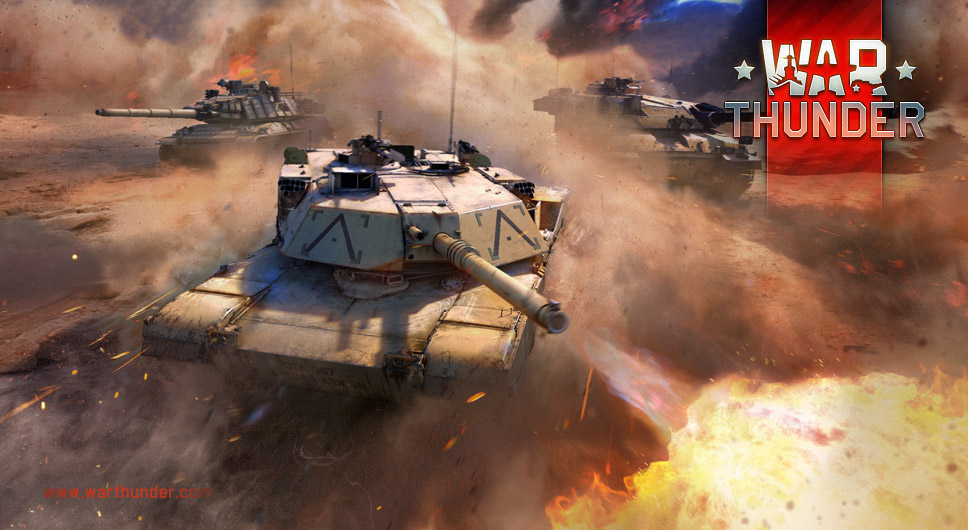
Changes to the requirements of reports concerning the protection of post-war combat vehicles with complex armour schemes.
With the comments below, we would like to describe our approach to reports concerning the protection of modern MBT’s in more detail.
Modeling of protection for modern main battle tanks
In War Thunder, we try to recreate real equipment as accurately as possible. For this we use all the available information. You, our players, help us with this, and we are grateful to you for this help. Together we have corrected a huge number of various inaccuracies and made the game better. In order to make this work in a more fruitful and understandable way, reports for correcting errors and inaccuracies are accepted only if they meet a specific set of requirements.
Unfortunately, these requirements may conflict with the availability and even the openness of information. Primarily, we are talking about the parameters of armour-piercing projectiles and an even more closed topic - the protection of modern tanks.
We are unable to just rely on primary sources in the reports, since in most cases concerning modern MBT’s, such sources are likely to be classified.
Therefore, like the projectile penetration formula, a different approach has been adopted. The protection in an armoured vehicle is a model based on available open information. In some cases, it might be calculated based on publicly available data. Examples are photos and videos of destroyed vehicles. In other cases, protection will be assessed only on the appearance of the vehicle, the location and size of the armour modules, as well as possible threats and requirements that could be presented during the development of the vehicle. At the same time, data with the protection ratings published in various scientific and popular sources are not always relevant and not verifiable.
In particularly difficult cases, we publish our research reasoning why this level of protection was chosen for a particular MBT (e.g.
Abrams [warthunder.com]and
Challenger[forum.warthunder.com]), which can be used to understand the level of estimated protection and generalized information that surrounds modern MBT’s and can be found in publicly available sources. In view of this, we would like to announce a few of the main points on which we will consider reports related to armour protection in post-war MBTs with composite armour:
- We will consider every protection report that is made in compliance with the general guidelines and contains general, evaluative information from secondary sources, such as monographs, articles, and studies. Such reports will be treated as suggestions, not bugs or historical issues. Creating such a report can help us more accurately adjust our protection model of the specified vehicle, but it does not guarantee that the information specified in it will be implemented in the game.
- We originally created a table which was published previously[docs.google.com], with data on the protection of MBTs against ammunition. The following table here[docs.google.com] contains the reference values for penetration calculation in game (valid at time of publication). As new MBT’s are added to the game, they will also be added to the table. We will also add modeled protection parameters for the remaining MBT’s that are not yet in the table
- The processing of reports regarding DM errors for MBT’s does not change. For example, reports regarding the non-penetration of parts that cannot withstand the impacted projectile (e.g. when an MBT is not penetrated by an APFSDS round with a high penetration value into a weak spot, such as the side or rear) are still considered bugs.
These reports, provided under the general guidelines, continue to be treated as DM bugs.
These changes are aimed at streamlining the reporting process and to make changes to the protection parameters possible.
